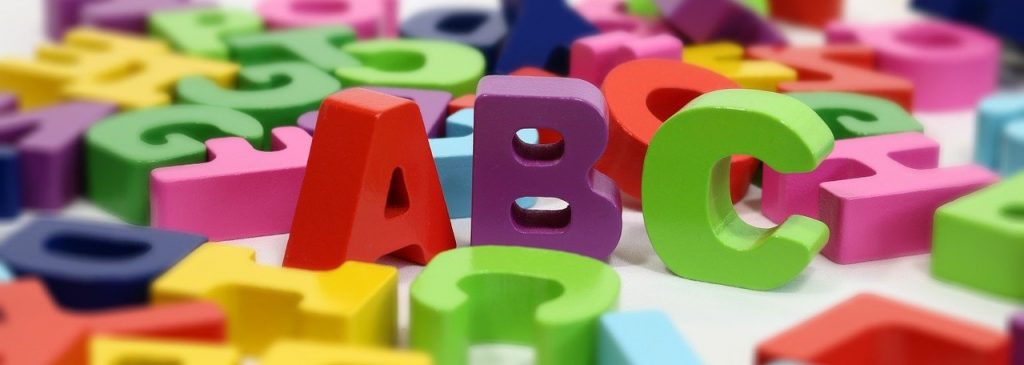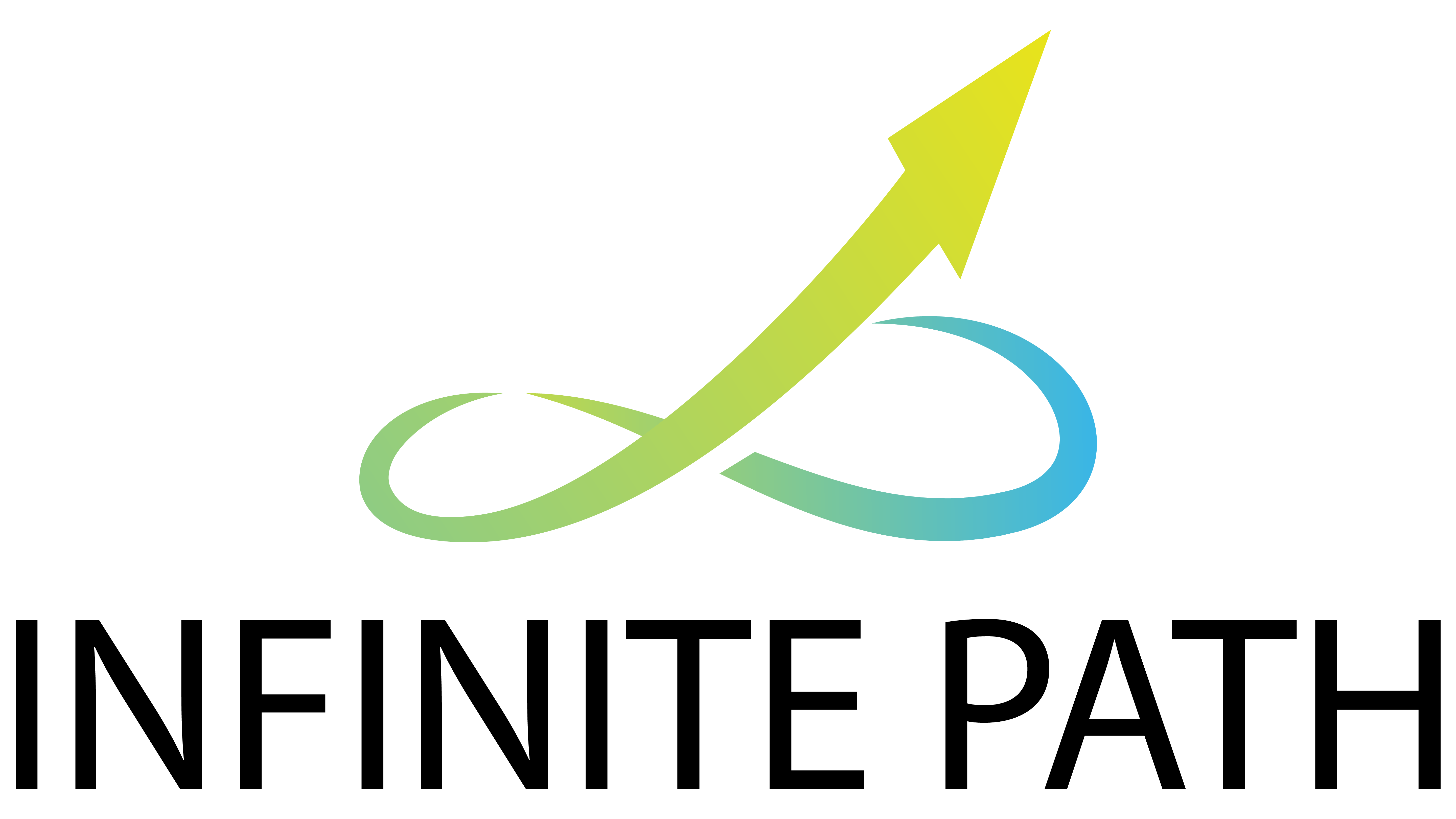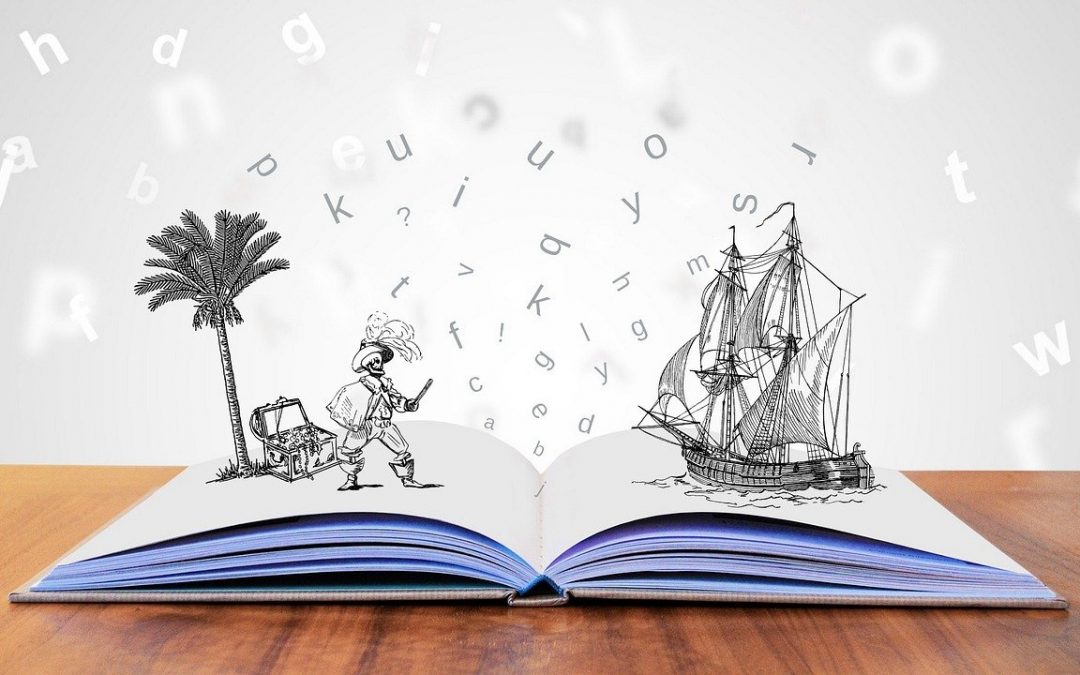Did you know that Dyslexia is the most common learning disorder that gets misdiagnosed? Dyslexia, also known as Specified Learning Disorder in Reading. It is estimated that approximately 750 000 Canadian students struggle with this learning difference ( Dyslexia Canada, 2020). If you have a child that struggles with reading, dyslexia may be the reason why.
Dyslexia can be diagnosed as early as the preschool years, however, many students don’t get diagnosed until much later, either as teenagers or even in adulthood. It affects both boys and girls equally and often gets misdiagnosed as ADHD. Like with most, diagnoses, early intervention is key. So how do you know if your child may have dyslexia? Here are some key symptoms:
Some common signs of dyslexia are:
- The child learns best through observation, demonstrations, diagrams, hands-on or experimentation
- The child reverses letters (b for d or q for p)
- The child makes quick and incorrect assumptions about a word’s sound
- The child has difficulty copying words or sentences
- The child’s handwriting varies from legible to atrocious to unreadable
- The child is a poor or inconsistent speller
- The child has difficulty reading and identifying the phonetic structure of a word and guesses how the word should sound
- The child avoids reading and refuses to read orally in class
How do I go about getting my child assessed for dyslexia?
A Speech Language Pathologist can help get the ball rolling. An SLP can assess your child’s phonemic awareness. Based on those results, the SLP can help determine if your child has a reading delay or if further assessment is warranted. For a diagnosis of dyslexia, a psychologist that specializes in psychoeducational assessment would be able to assess and diagnose this learning difference.

How is Dyslexia treated?
The support for a child that is diagnosed with dyslexia is to receive tutoring from an individual that is trained in Orton Gillingham or Barton literacy interventions. These programs focus on teaching the student how to break down reading into smaller skills involving letters and sounds and then building up these skills over time. These programs differ greatly than traditional tutoring centres like Sylvan or Kumon. Support for dyslexic students within the school environment include having a reader or providing a C-pen for the student to use, the use of Google Read & Write, and extra time for projects and exams.

